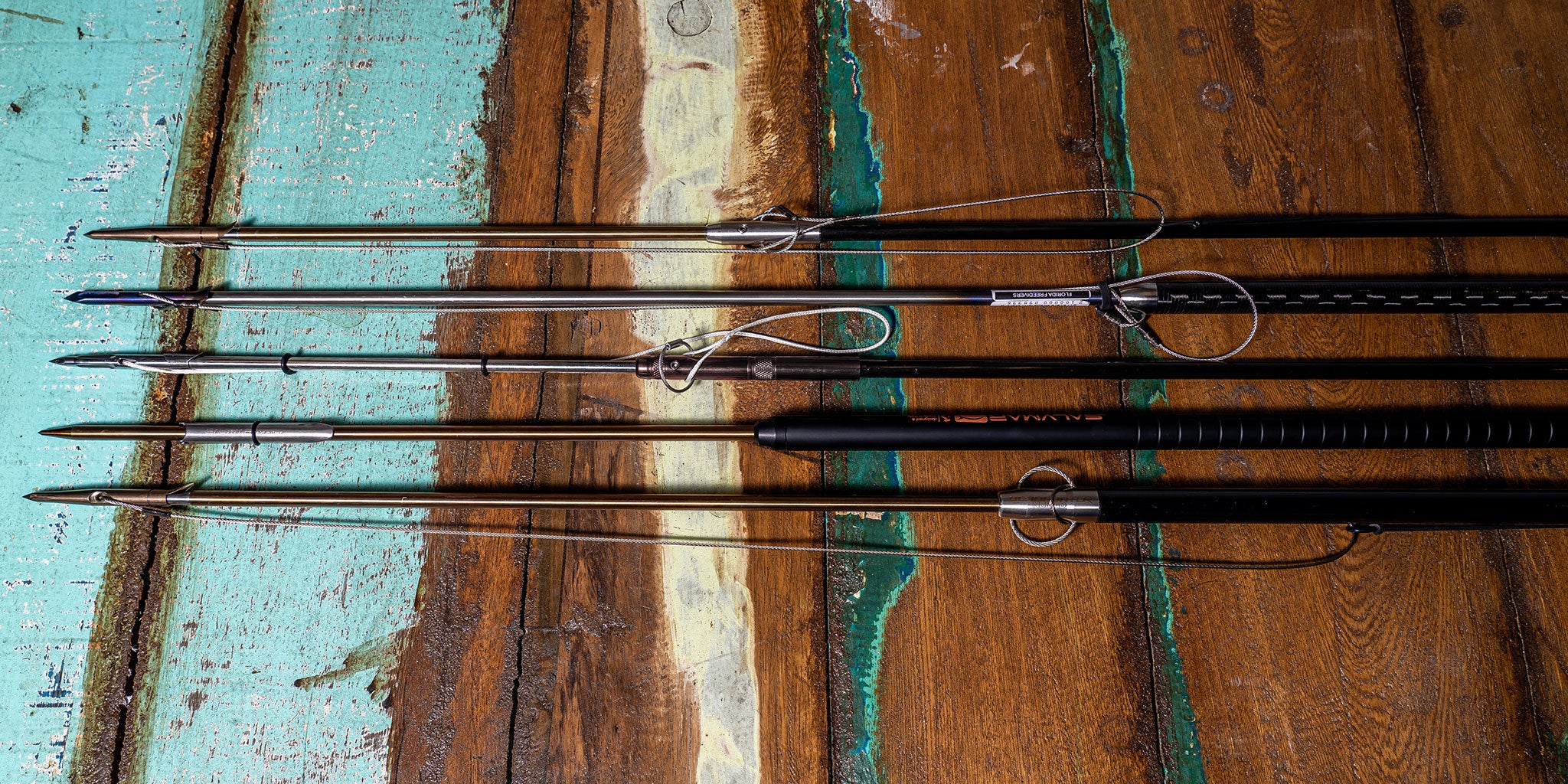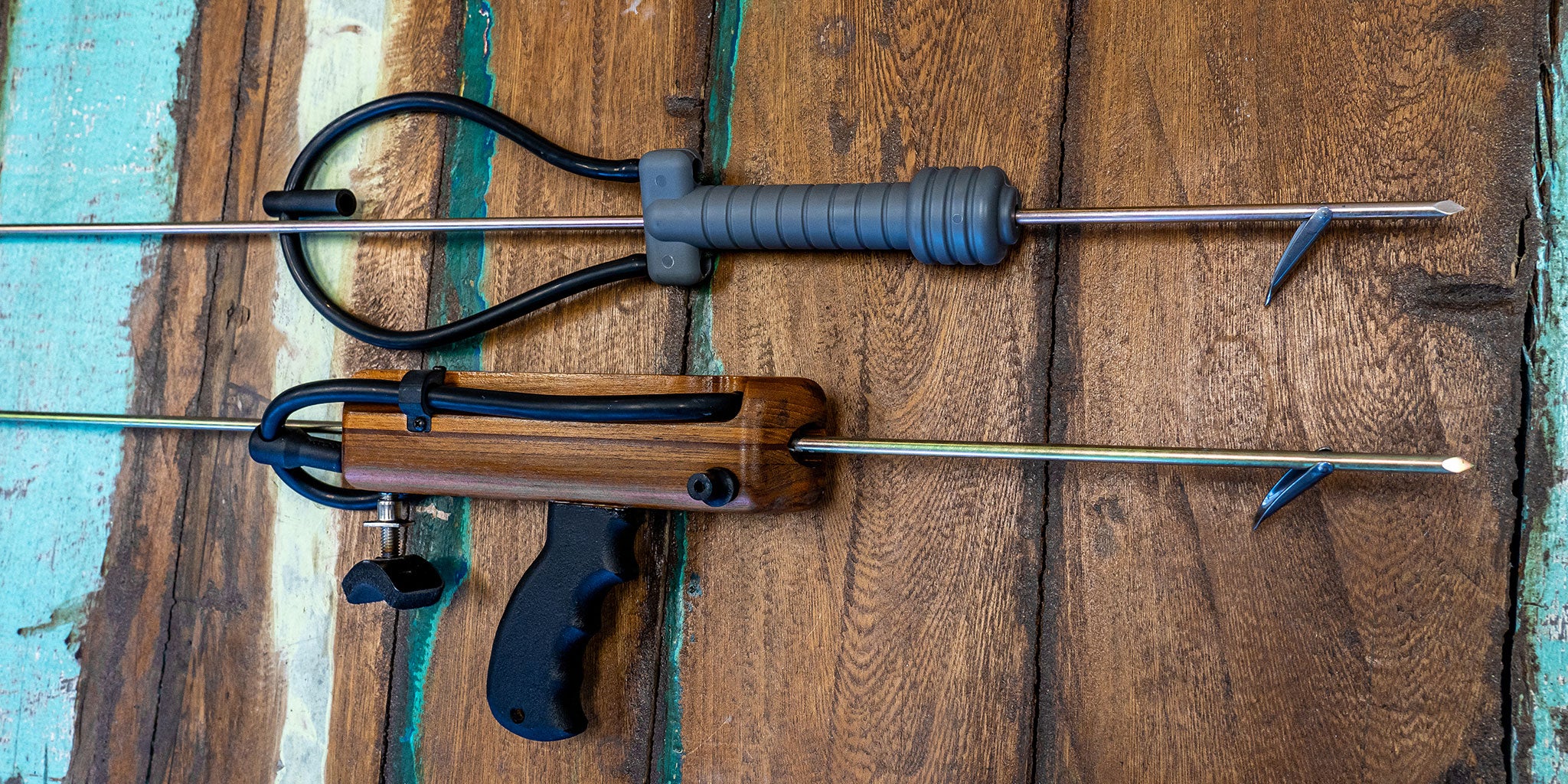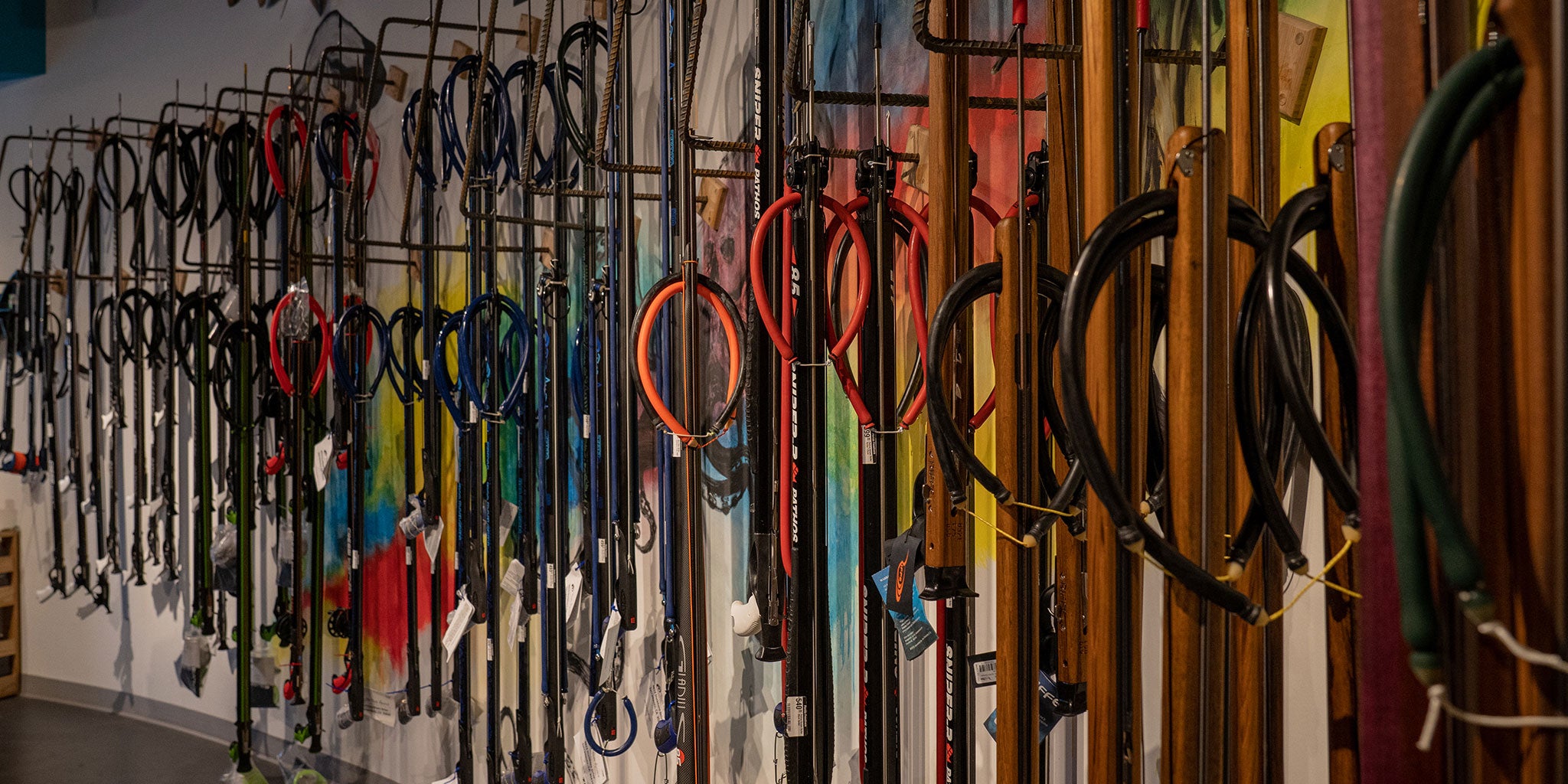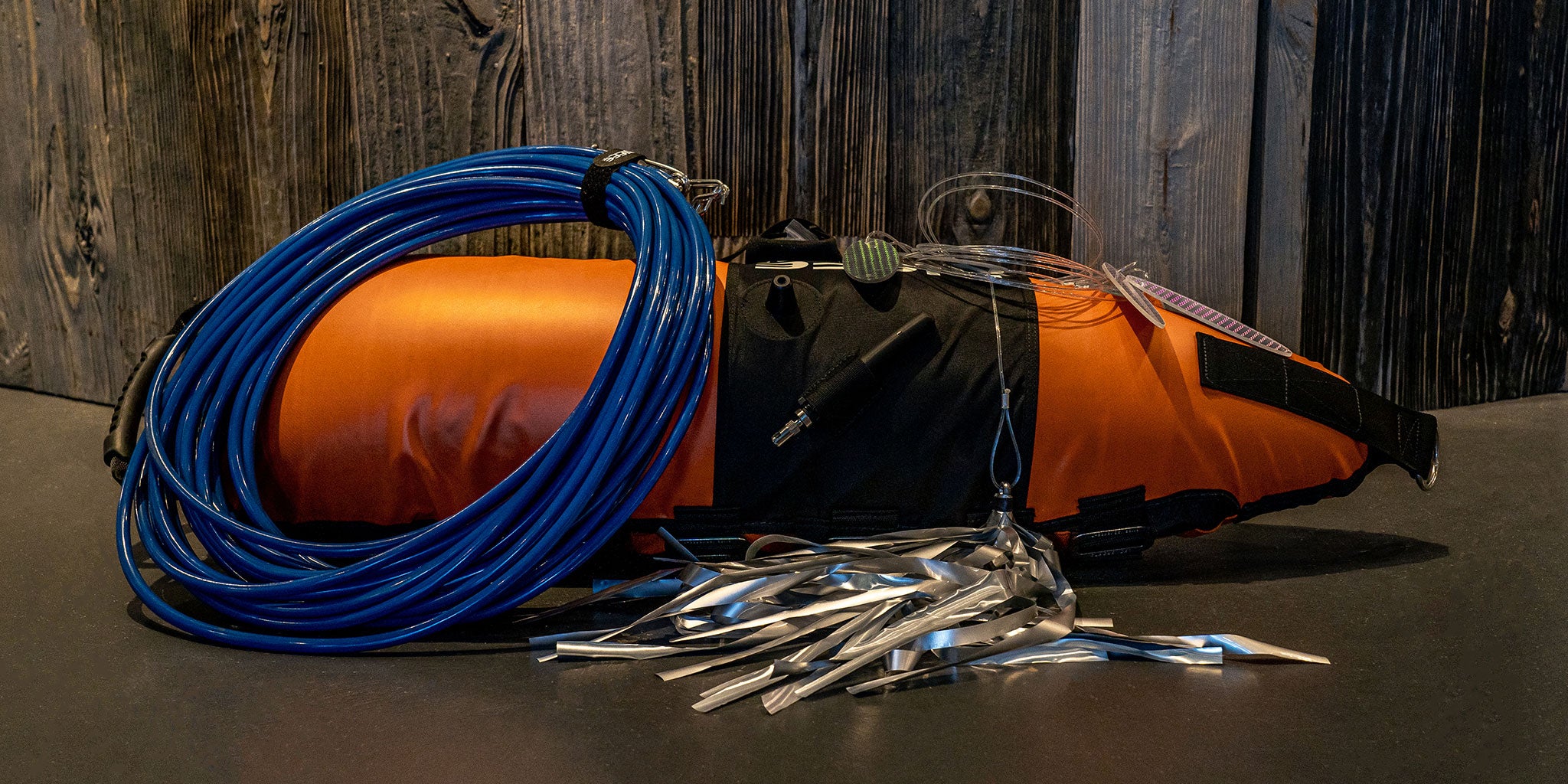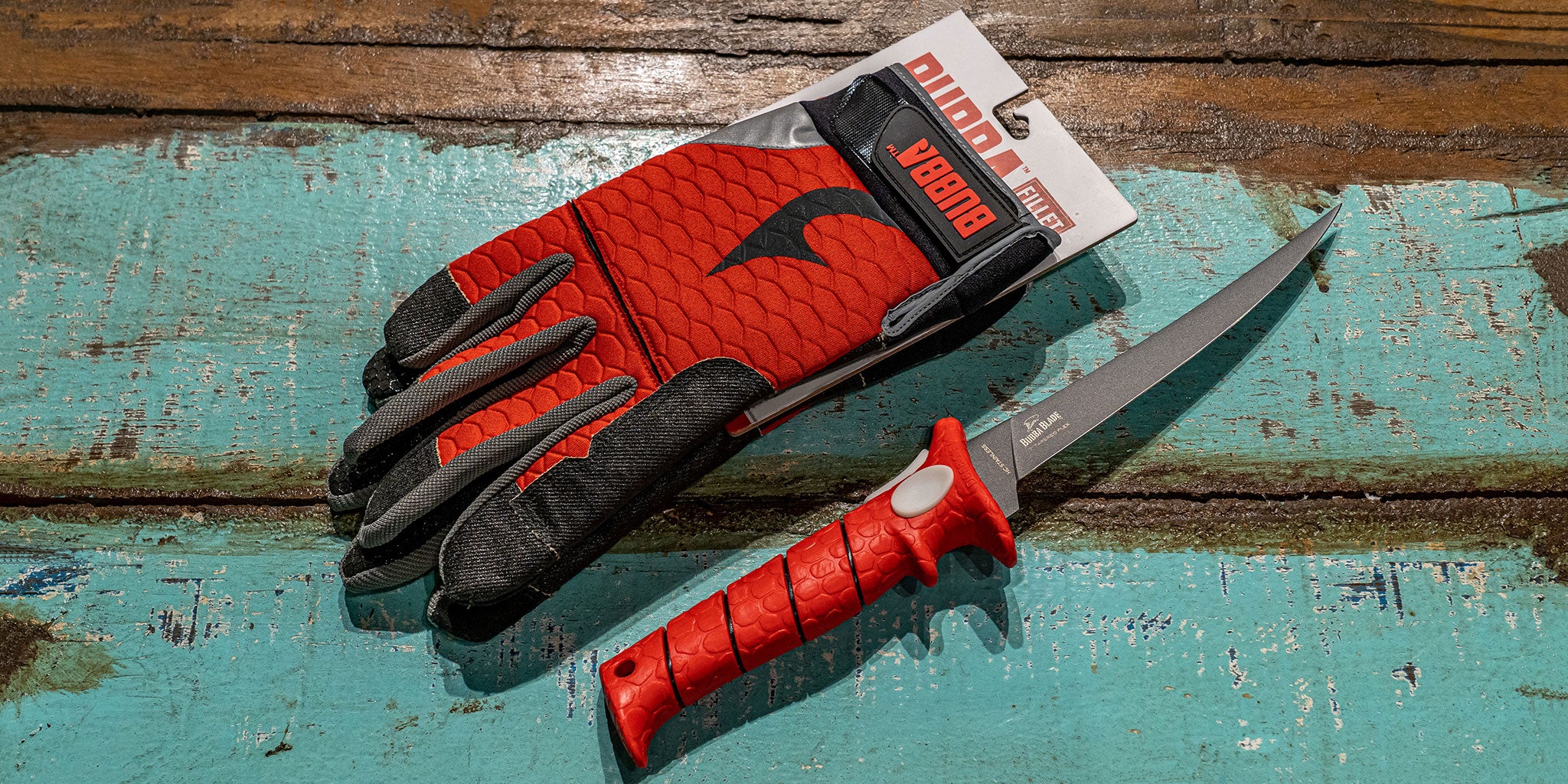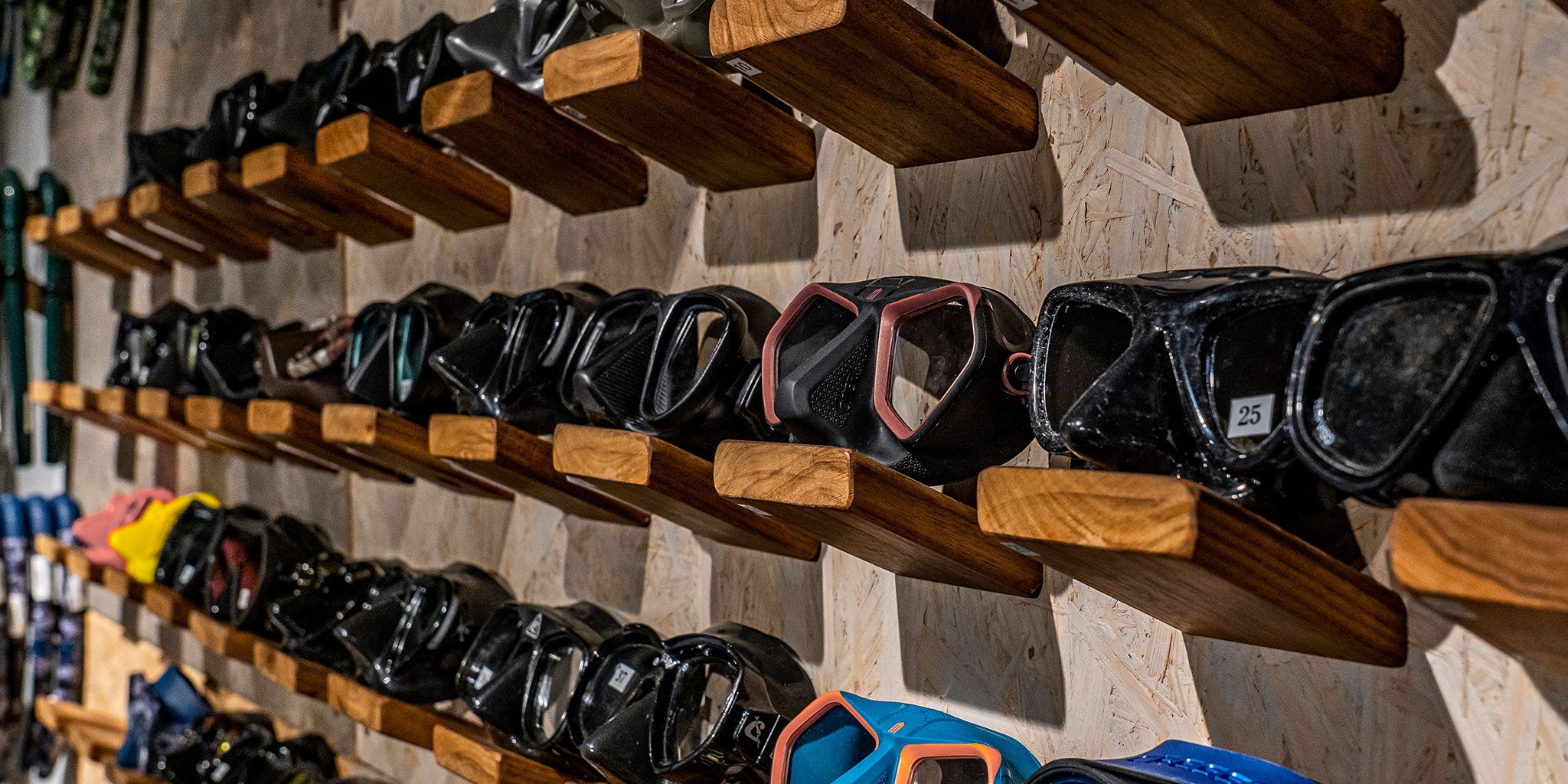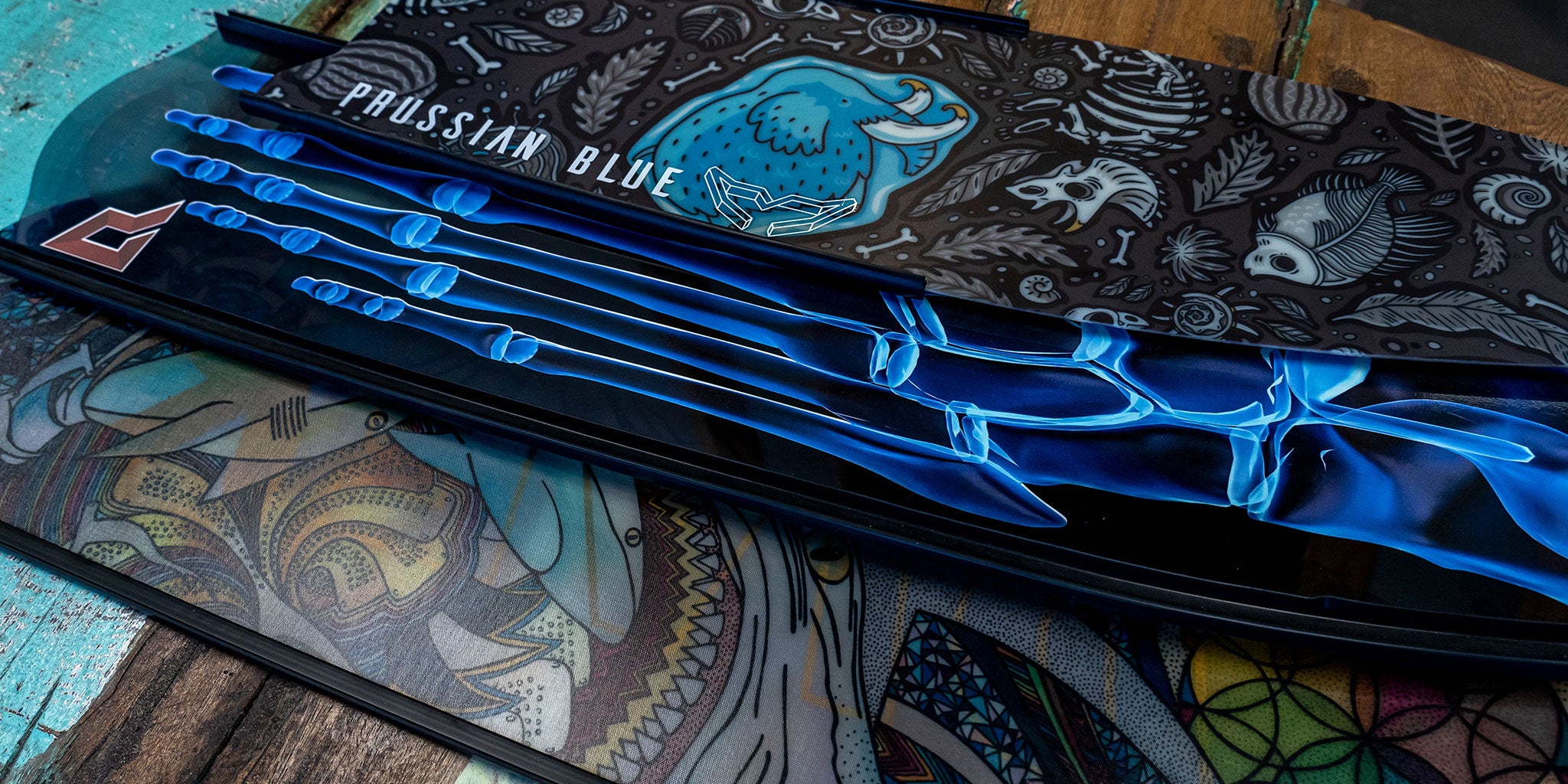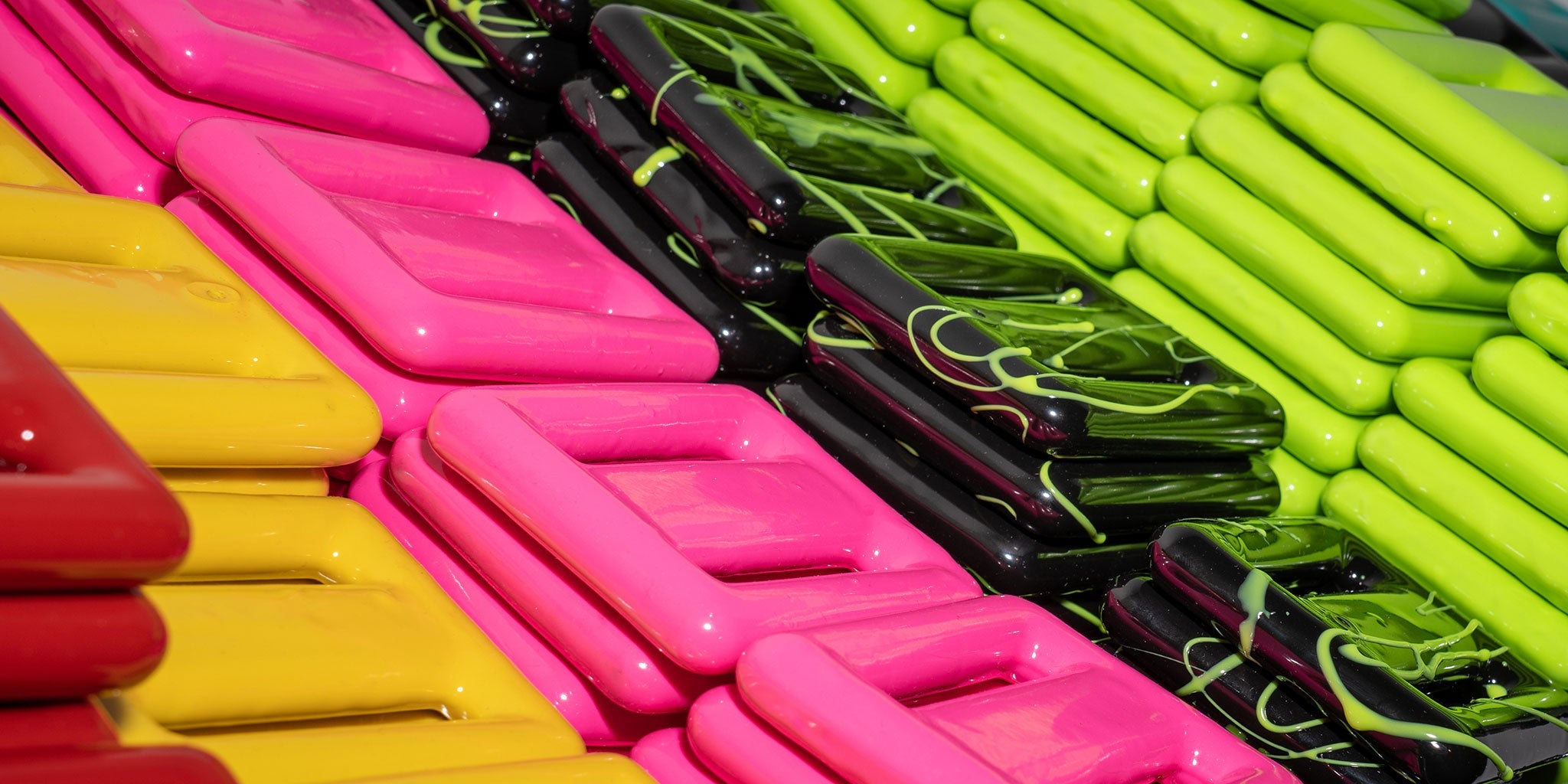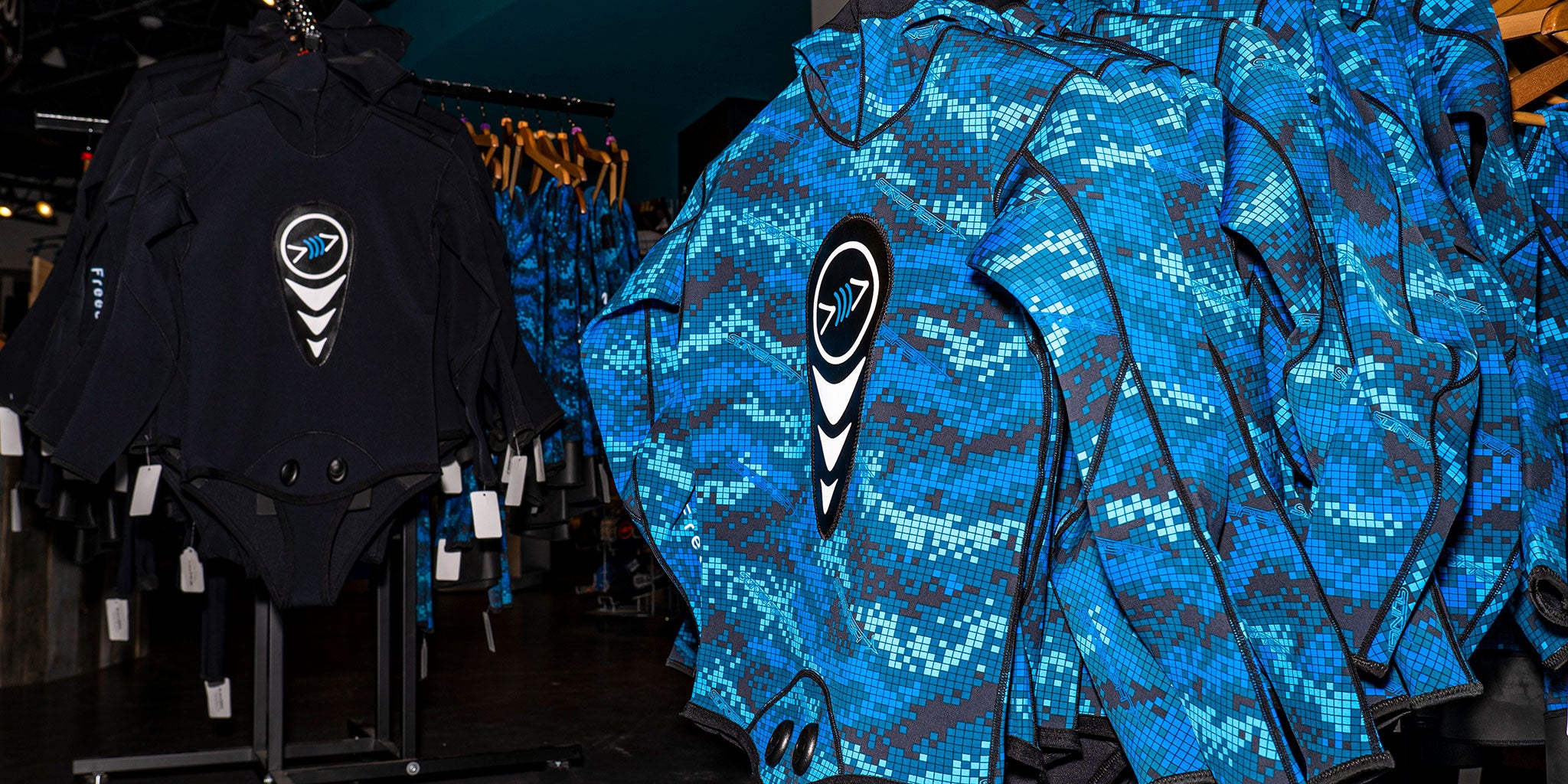Freediving Safety while Spearfishing
Christian Daehler, Training Director and PFI Freediving Instructor-
Here at Florida Freedivers, our courses spend a lot of time focusing on freedive safety. However all of this knowledge can easily go out the window as soon as we transition from linediving to a spearfishing environment. Between the added distractions of fish and the additional equipment such as spearguns, it becomes very easy to put yourself or your dive buddies in a sticky situation. In this discussion I will be breaking down the aspects of spearfishing that are most likely to distract you from safety, and provide some tips to help maintain an effective safety system with your dive buddies.
We all know the basics of speargun safety- muzzle control, trigger control, and knowing what is beyond your target. And most of follow these rules well 99% of the time. That said, the times I have seen these rules get broken the most (even by experienced spearos) is when divers are actively descending or ascending. For whatever reason, a lot of divers have the habit of pointing their gun towards the surface, either on the descent or ascent portion of their dive. The issue with this is that you are now pointing your gun directly at the person who is above you, actively safetying you. Particularly on your way back up from a dive, the last place you want to designate as “down range” is the spot your saftey needs to be in to be able to effectively saftey you. Even with an unloaded spear, getting poked by a surfacing diver is not a pleasant experience.
Poor visibility is another obstacle to free dive safety. If we don't know where our dive buddy is, we are no longer able to safety them. And with camouflage suits and slow, stealthy dives, it can be easy to lose sight of your diver even in good visibility. One of my favorite tricks to combat this is to wear small pieces of high visibility equipment. My weights, snorkel and fin rails are all white. This helps my dive buddy stay oriented to where I am in the water, regardless of how well my camoflauge blends into the reef, how far the current tries to sweep me away, or how many times they briefly look away from me. If the water visibility or currents are bad enough that my high visibility colors alone aren't getting the job done, clipping a float line to my gun is the next step. Float lines do a phenomenal job of pointing to your diver so you can stay oriented to their location from the surface, even if they disappear out of sight. Just understand that there is a point where even a float line will not help and you might have to switch spots.
Another common breakdown of basic free dive safety I see while spearing is when spearos begin diving at the same time. Sometimes this is accidental, due to a lack of communication. Other times it is in a misguided attempt to keep a better eye on one another. Either way, diving simultaneously breaks the 1 up 1 down rule for freedive saftey and leaves the would be saftey with a much higher chance of having their own emergency. Additionally, this strategy halves your total hunting time, making your group’s less likely to land fish. Think about it this way: At best, every diver in the water might spend 25% of their time actively diving. And even this is a generous number.
If your group all dives simultaneously, then 75% of your day is spent at the surface. However, if you alternate your dives you begin to increase the amount of time that your group has a diver actively hunting, which increases your chance of getting fish back to the surface.
Finally, the largest breakdown of our safety rules I see is immediately following a fish finally getting shot. Whether trying to shoot a second fish, or trying to help land the one your buddy just shot, it’s super tempting to let the fish take priority over your buddy. Regardless of how big, tasty, ot epic that fish is, just make sure your buddy always comes first. Because on that rare dive where they have an issue, you want to be with them, not a fish. Here in South East Florida this is particularly true, because of our sharks. Many of the fish that I have shot would have never made it to the boat if I didn't have a buddy to help get a second shot or fend off the sharks. However, my buddy who dives down past me to mess with my fish, or take a shot on another fish is no longer in a position to saftey me. The simple solution in scenarios like this is to bring more buddies in the water so that everyone still has a saftey at the surface.
If you made it this far into my post, I appreciate your passion for freedive safety, and I encourage you to have discussions with your dive buddies so you can figure out how your group can dive even safer. If you are interested in learning more about freedive safety, you might consider checking out or a freediver course. We host these courses every weekend and will teach you everything you need to become a proficient and safe diver. If you are interested in learning more about spearfishing, you might consider one of our Florida Freedivers spearfishing courses, where we cover everything in this post and more!


